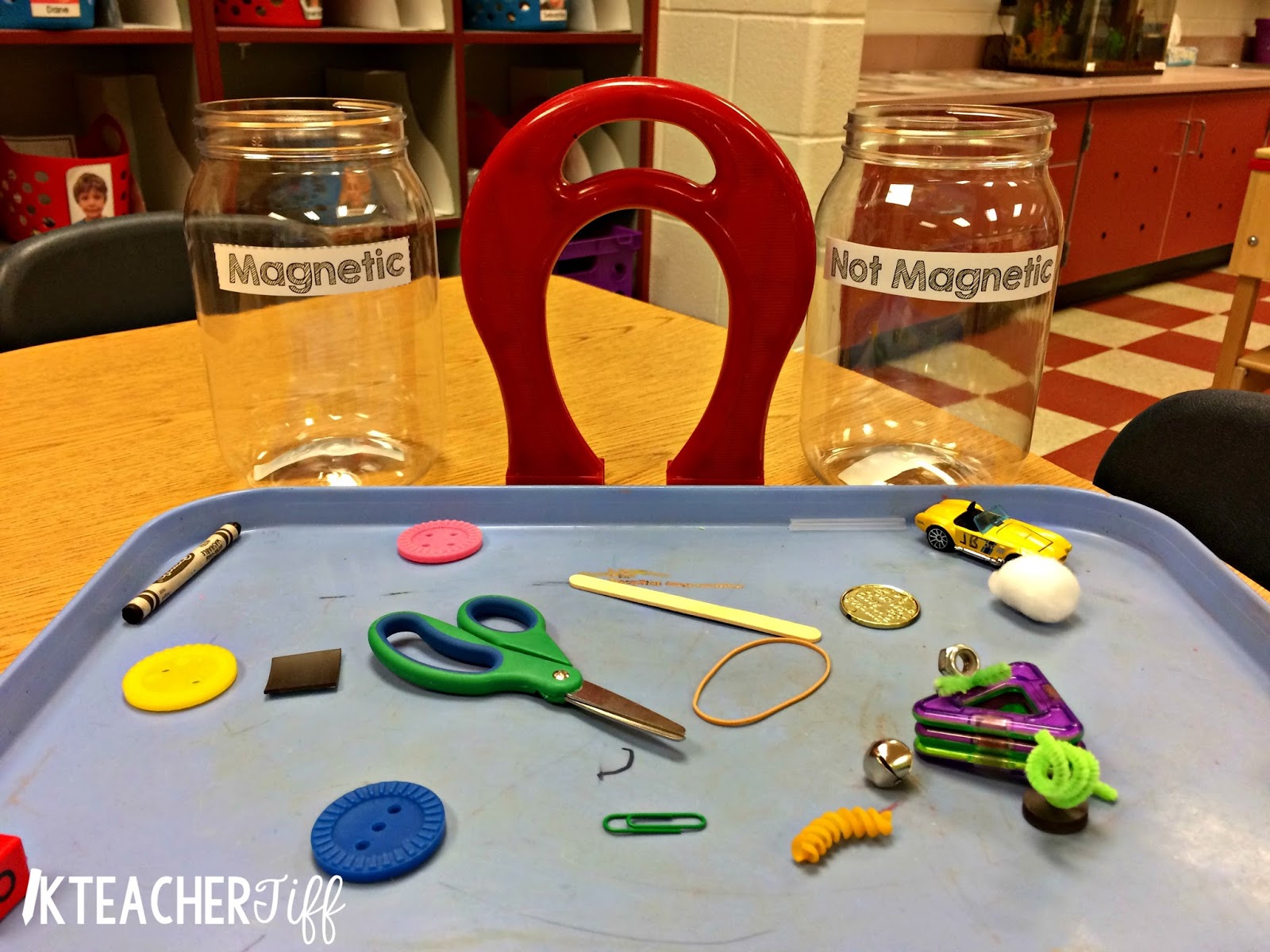Unlocking Magnetism's Magic for Curious Kids
Have you ever wondered how a simple piece of metal can attract or repel another without even touching it? This is the magic of magnets! Magnets are more than just toys; they're fascinating objects with a rich history and incredible powers. This exploration of intriguing magnetic tidbits will ignite a child's curiosity and open a world of scientific wonder. Prepare to be amazed by the unseen forces and surprising applications of these magnetic marvels.
Magnetism, the force that makes magnets attract or repel certain materials, has been known for centuries. Early civilizations discovered natural magnets, called lodestones, which are pieces of iron ore magnetized by the Earth's magnetic field. Imagine finding a rock that magically pulls other metals towards it! These early discoveries sparked curiosity and paved the way for our understanding of magnetism today. The importance of understanding basic magnetic principles for children lies in cultivating scientific thinking. It opens doors to comprehending complex concepts in physics and engineering later on.
Children benefit immensely from learning about magnets. It encourages critical thinking, problem-solving skills, and a love for science. Understanding magnetic principles also lays the groundwork for future learning in physics and related fields.
A simple magnet has two poles: north and south. Opposite poles attract each other (north and south), while like poles repel (north and north or south and south). This basic principle governs all magnetic interactions. Imagine two magnets facing each other. If you bring the north pole of one close to the south pole of the other, they'll stick together! But try bringing two north poles together, and they'll push each other away. This push and pull is the essence of magnetism.
Engaging with magnets can take many forms. Simple experiments like using a magnet to pick up paperclips or exploring how magnets interact with different materials (wood, plastic, metal) can be captivating. Building a compass using a magnet and a bowl of water is a fun and educational activity. These hands-on experiences make learning about magnetism an adventure.
Three key benefits of learning fun facts about magnetism include developing a love for science, fostering critical thinking, and laying the foundation for future STEM learning. Hands-on activities with magnets provide a tangible way to engage with scientific principles, making learning more engaging and memorable. Furthermore, exploring magnetic phenomena encourages children to question, experiment, and develop their problem-solving abilities.
To make learning about magnets even more enjoyable, try these simple activities: Create a magnetic scavenger hunt, build a compass, or experiment with magnetic slime. These hands-on projects turn learning into an exciting exploration.
Advantages and Disadvantages of Learning about Magnets for Kids
| Advantages | Disadvantages |
|---|---|
| Fosters scientific curiosity | Potential for swallowing small magnets (requires supervision) |
| Develops problem-solving skills | Misconceptions can arise if not properly explained |
Five Best Practices for Teaching Magnet Facts:
1. Start with simple concepts: Introduce the basic principles of attraction and repulsion before moving on to more complex topics.
2. Use hands-on activities: Experiments and demonstrations make learning more engaging and memorable.
3. Relate magnetism to everyday life: Explain how magnets are used in everyday objects like refrigerators, computers, and speakers.
4. Encourage questioning: Create a safe space for children to ask questions and explore their curiosity.
5. Use visual aids: Diagrams, videos, and interactive simulations can help children visualize magnetic fields and interactions.
Five Real Examples:
1. Refrigerator magnets: These simple magnets hold notes and artwork to the refrigerator door.
2. Compass: A magnetic needle aligns with Earth's magnetic field, helping navigate.
3. MRI machines: Powerful magnets create detailed images of the human body.
4. Electric motors: Magnets are essential components in electric motors, which power everything from toys to cars.
5. Maglev trains: These high-speed trains use magnets to levitate and propel themselves forward.
Five Challenges and Solutions:
1. Challenge: Swallowing small magnets. Solution: Supervise children closely during magnet activities and use larger magnets.
2. Challenge: Misconceptions about magnetism. Solution: Provide clear and accurate explanations, using age-appropriate language.
FAQs:
1. What is a magnet? A magnet is an object that produces a magnetic field, which attracts or repels certain materials.
2. How do magnets work? Magnets work because of the alignment of tiny magnetic domains within the material.
3. What are the poles of a magnet? Magnets have two poles: north and south.
4. What materials are attracted to magnets? Iron, nickel, and cobalt are attracted to magnets.
5. Can magnets lose their magnetism? Yes, magnets can lose their magnetism if they are heated, dropped, or exposed to a strong opposing magnetic field.
6. What is Earth's magnetic field? Earth has a magnetic field that protects us from harmful solar radiation.
7. How are magnets used in everyday life? Magnets are used in a wide range of everyday objects, including refrigerators, computers, and speakers.
8. Where can I learn more about magnets? Books, websites, and museums offer a wealth of information about magnets.
Tips and Tricks:
Store magnets in a cool, dry place away from electronic devices. Experiment with different types of magnets to discover their unique properties.
In conclusion, exploring fun facts about magnets opens a world of wonder and learning for kids. From the simple attraction and repulsion of magnetic poles to the complex applications in technology and medicine, magnets offer endless opportunities for discovery. Engaging with magnetic principles through hands-on activities and experiments fosters critical thinking, problem-solving skills, and a love for science. Understanding these fundamental principles not only enriches a child's understanding of the world around them but also lays a strong foundation for future STEM learning. So, encourage your child's curiosity, provide them with opportunities to explore, and watch their fascination with magnets ignite a lifelong passion for learning.
Unlocking a healthy lifestyle your guide to wellbeing
Decoding the toyota rav4 xle price everything you need to know
Hyderabads lunar calendar unveiling the moons influence today














